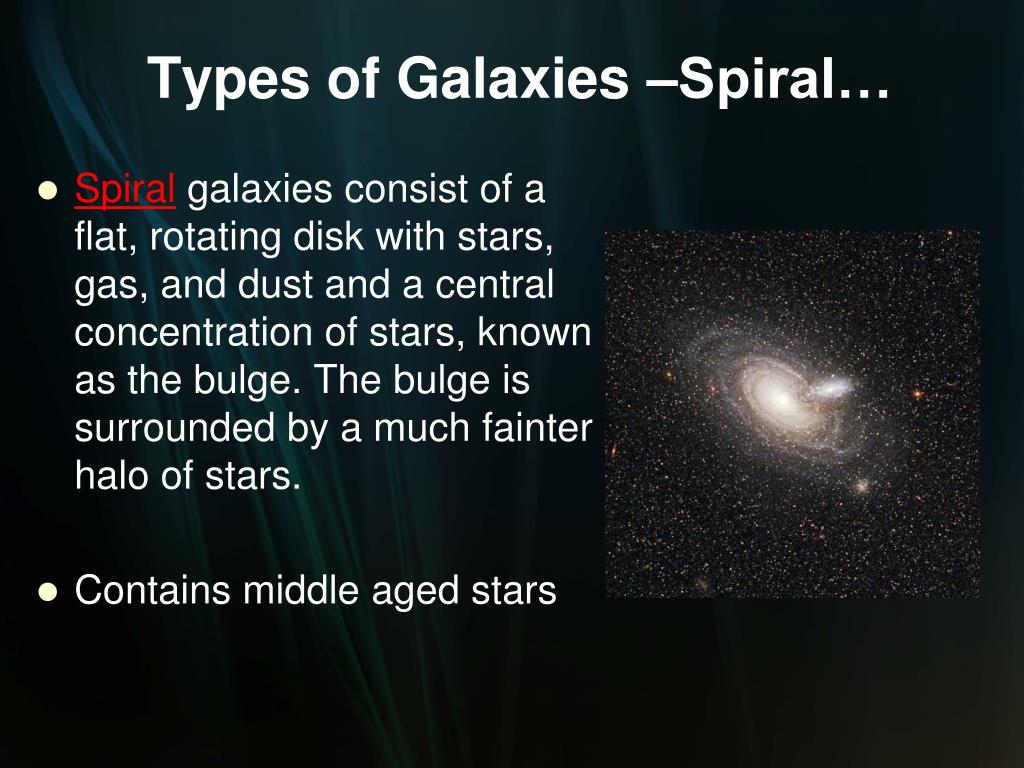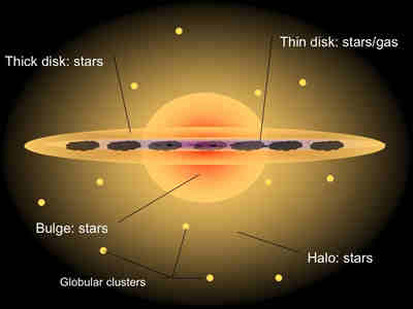

Fath and Vesto Slipher, who were using the Lick Observatory to look at the spectra of astronomical objects that were thought to be " spiral nebulae". Seyfert galaxies were first detected in 1908 by Edward A. Discovery NGC 1068 ( Messier 77), one of the first Seyfert galaxies classified

Seyfert galaxies are named after Carl Seyfert, who first described this class in 1943. Seen in visible light, most Seyfert galaxies look like normal spiral galaxies, but when studied under other wavelengths, it becomes clear that the luminosity of their cores is of comparable intensity to the luminosity of whole galaxies the size of the Milky Way. Ultraviolet emission and absorption lines provide the best diagnostics for the composition of the surrounding material. The accretion discs are believed to be the source of the observed ultraviolet radiation. These galaxies have supermassive black holes at their centers which are surrounded by accretion discs of in-falling material. Seyfert galaxies account for about 10% of all galaxies and are some of the most intensely studied objects in astronomy, as they are thought to be powered by the same phenomena that occur in quasars, although they are closer and less luminous than quasars. They have quasar-like nuclei (very luminous sources of electromagnetic radiation that are outside of our own galaxy) with very high surface brightnesses whose spectra reveal strong, high- ionisation emission lines, but unlike quasars, their host galaxies are clearly detectable. Seyfert galaxies are one of the two largest groups of active galaxies, along with quasars. The Circinus Galaxy, a Type II Seyfert galaxy Class of active galaxies with very bright nuclei


 0 kommentar(er)
0 kommentar(er)
